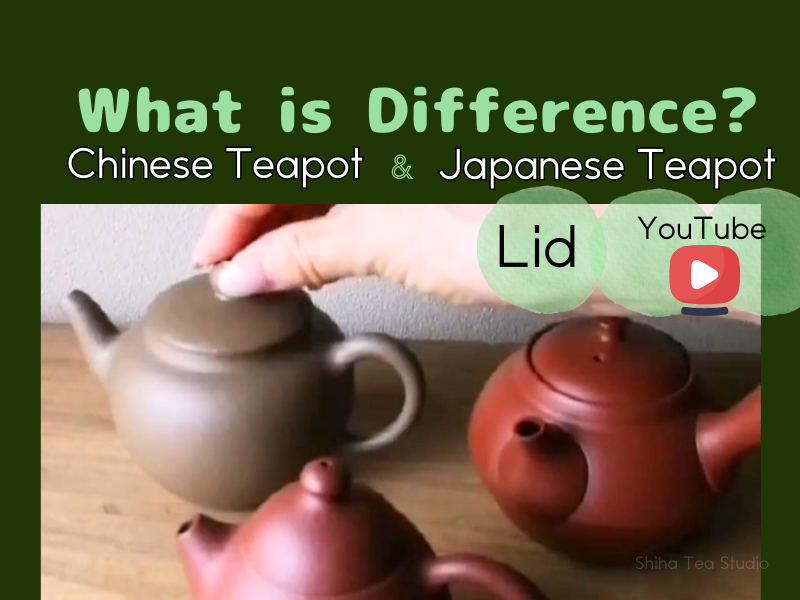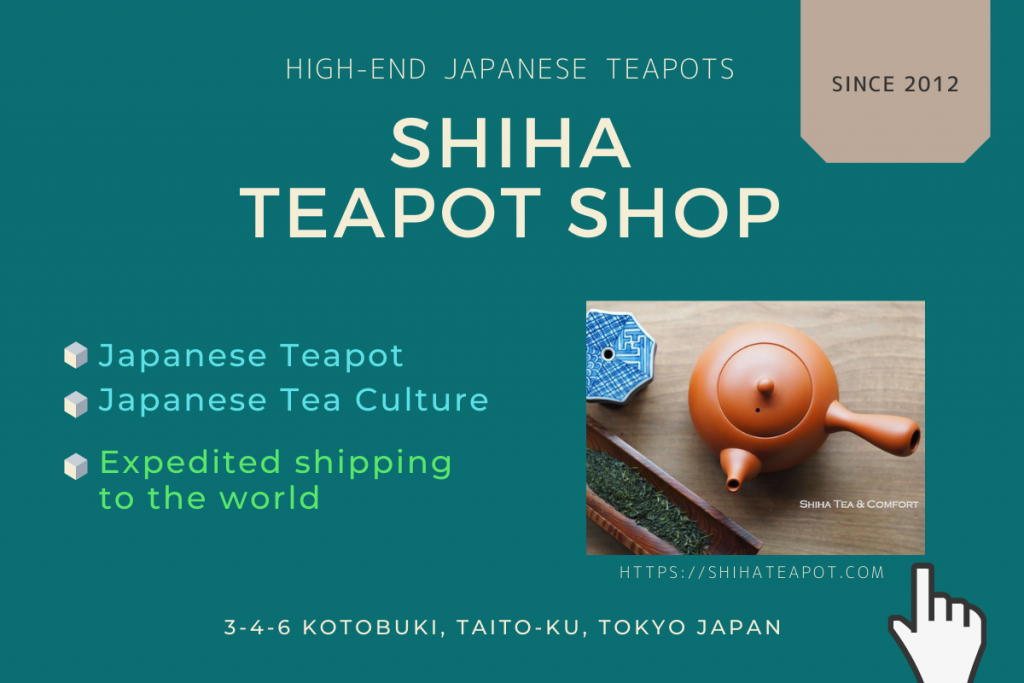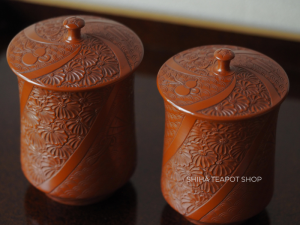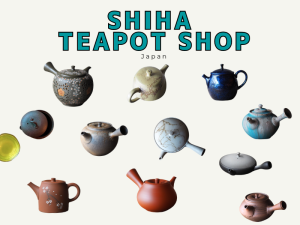Difference Japaneses Kyusu Teapot & Chinese Teapot- LID

Dear Tea Lovers,
Today, let’s talk about the lids of Japanese teapots, known as kyusu. We’ll also take a look at how they compare with Chinese teapot lids.
Most Japanese kyusu lids are flat in shape, while Chinese teapot lids often feature a raised edge or “lid wall” which makes them sit more firmly.
When using a Japanese kyusu, it’s important to hold the lid gently but firmly while pouring to prevent it from slipping.
There are several ways to do this — in our video, we introduce two common and useful techniques.
Also, when carrying your kyusu, please take care to ensure the lid doesn’t fall off.
One of our customers, who regularly uses Chinese teapots, once told us that he accidentally dropped the lid of a Japanese kyusu while pouring tea.
If you’re also more familiar with Chinese teapots, simply being aware of this difference can help you handle Japanese kyusu more safely.
Because each kyusu is handmade, no two are exactly alike.
For example, Tokoname-yaki kyusu are crafted with lids that are carefully fitted to match each teapot body precisely.
If the lid is broken, it usually can’t be replaced — not even by the original artisan — because each one is a unique, one-of-a-kind match.
That’s why we encourage you to treat both the teapot and its lid with gentle care.
If the lid does break, there’s a traditional Japanese repair method called Kintsugi, which may allow you to restore it beautifully. It’s a word worth remembering!
We hope you enjoy many joyful and delicious tea moments.
Let’s make time for tea — time to soften the heart.
Sincerely,
Shiha Teapot Shop
---------------------
SHIHA TEAPOT SHOP
shihateapot.com
🎀Shipping Free to many countries
---------------------



